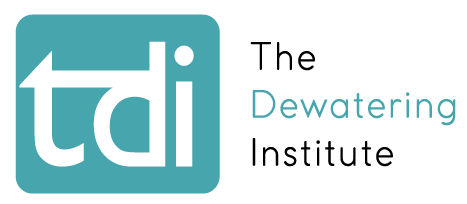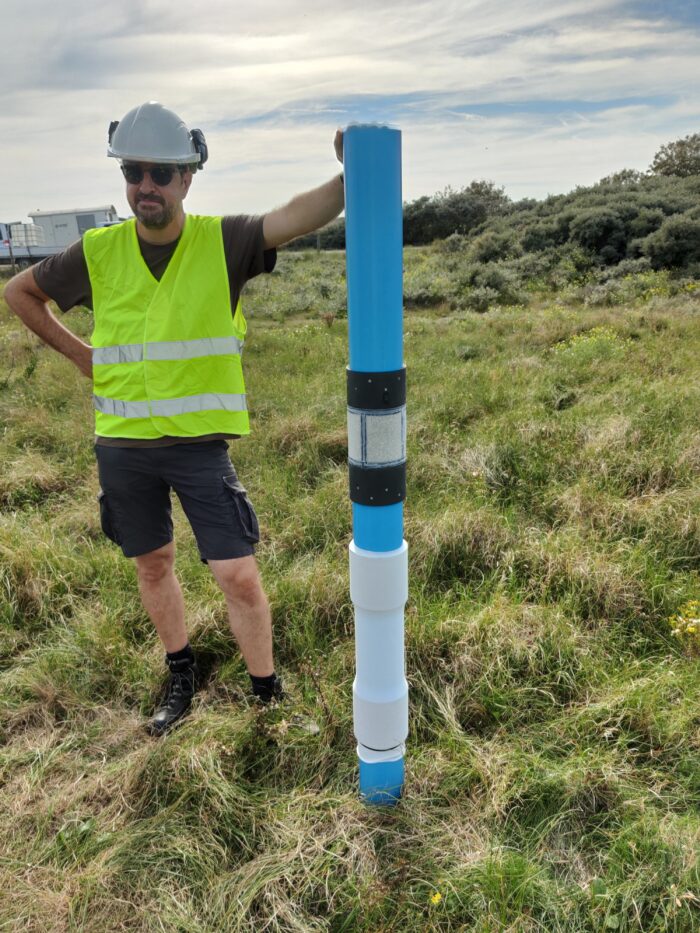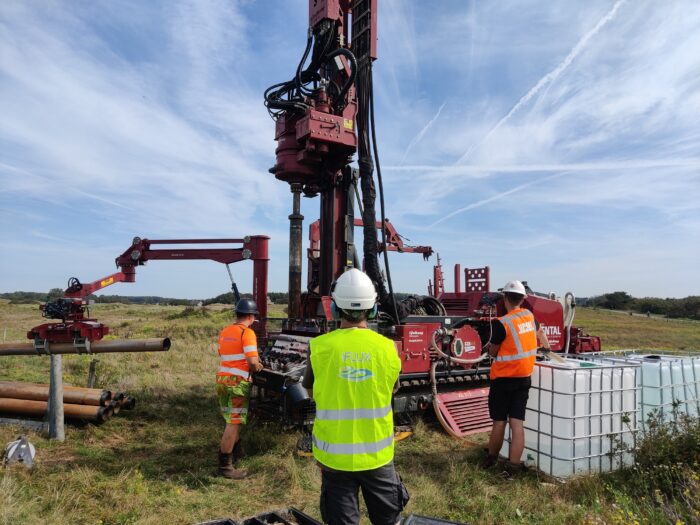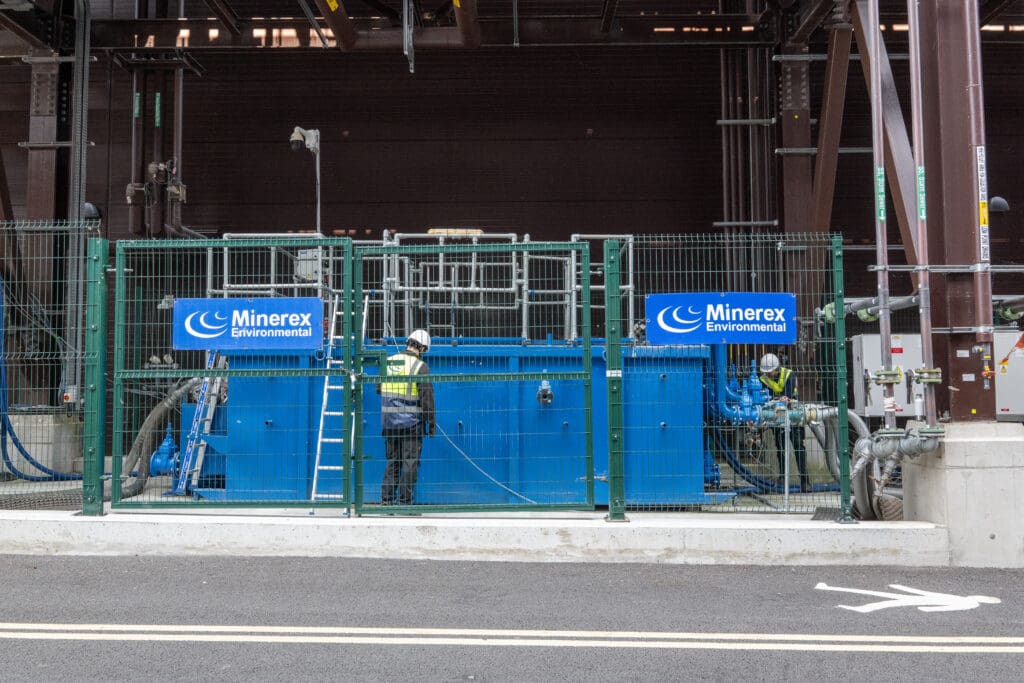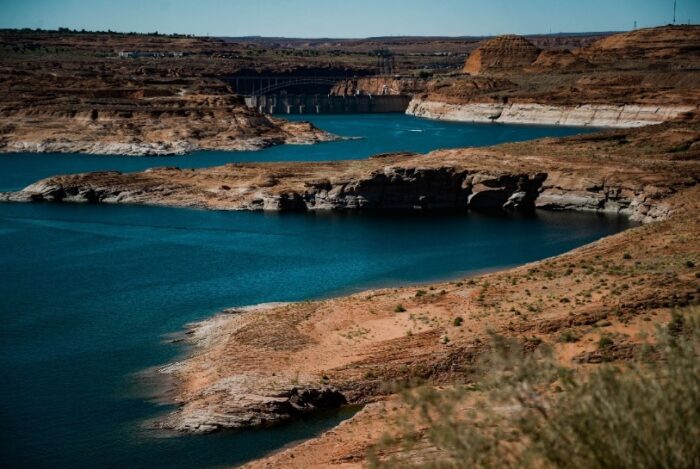As part of The Dewatering Institute ‘s commitment towards knowledge sharing, TDI is developing a series of monthly interviews with industry leaders, and professionals from different parts of the world. One of the month’s editions features Jeroen November who will also be presenting ‘Sustainable and resilient groundwater abstraction facilitated by real time groundwater flux monitoring: A field case at a Dutch coastal drinking water utility’ on the 13th of December 2023.
Can you tell us more about your work history and how you got into the dewatering industry?
I’ve been working as a hydrogeologist for nearly 25 years. Most of that time it was for the Flemish government in Belgium at various positions within the environment administration. There I’ve been responsible for the operational management of the regional groundwater monitoring network (e.g. for compliance with the EU water framework directive) and coordination of the department’s required advice on permit applications for groundwater extraction. Afterwards I moved to the enforcement division coordinating government inspections within the subsurface & groundwater domain (e.g. groundwater extractions, geothermal sites and dewatering). For somewhat over a year I exchanged my government career for a position as hydrogeologist & business developer at iFLUX, where I put my past experience and knowledge to good use in setting up innovative groundwater monitoring networks including our novel real-time iFLUX sensors.
Within my career I frequently came into contact with the dewatering industry, as the amount of groundwater extracted for dewatering in Flanders is a multitude of what the entire other industry extracts. Also, the frequent prolonged drought periods since 2017 have increased public attention to this sector to be more sustainable, as pumps kept on running and discharging valuable groundwater in sewer systems whereas the general public wasn’t even allowed to wash there cars or water their lawn anymore. A lot of illegal or overextraction was frequently observed. So legislation was improved, including best practices for dewatering, installment of obligatory flow meters which were previously exempt, an accreditation for drilling companies, … All in all this sector has made big steps forward in Flanders, but there is a long way to go still on many levels (government & sector).
In your opinion, what has been the biggest development in the industry through the years?
I can only speak for the industry developments in Flanders. What I can see there is the increased professionalism. The will to innovate, to reduce the amount of water extracted by better monitoring, reinjection or reinfiltration of extracted groundwater, waterglass techniques.
What are the biggest challenges that you’ve seen in the industry over the past few years, and what do you see as potential challenges in the future?
The dewatering is more often than not something that is overlooked in the entire process of designing & building infrastructure. This leads to last-minute solutions, which are often not optimal nor realistic in the field. The dewatering companies are therefore often the end-of-pipe stakeholders getting the blame for mistakes or miscalculations that have or haven’t been made earlier in the process. Getting the message across to construction firms, architects, policy makers, that it’s well worth taking the dewatering aspect into account at the beginning could save a lot of problems, costs & environmental damages in the long run. As the saying goes: “A good beginning makes a good ending.” that’s really what it comes down to.
How do you see technology playing part in the industry in the future?
Technology plays an important part within the industry which will only increase. As the demand for reinjection of extracted groundwater or reduction of the total volume will rise, so will the need for technology to properly monitor those systems, which are more complex than a standard pump & discharge system. As well as steering dewatering installations on groundwater levels (at the site itself or nearby receptors), steering them based on real-time groundwater flux measurements (orientation & velocity of the groundwater) may prove to be a big step forward. As not only groundwater quantity is at stake here, but emerging contaminants like PFAS, who travel along with the same groundwater have to be kept at bay. Monitoring serves as the proof of the pudding in this case, a valuable proof in case of complex hydrogeologic and/or contaminated settings in which dewatering installations sometimes operate.
What would you recommend to the new generations coming into this industry and why?
I think it’s a fascinating industry with a lot of room for improvement and innovation. As the subsurface is more and more looked at as an alternative for constructions that were previously only built higher & higher, there’s certainly a future there for those who would like to tackle the challenge on how to help create this in a sustainable and resilient manner. So, my recommendation would be to focus on those two aspects within the business.
What aspects of the industry do you think need improving?
As mentioned before there’s room for improvement still. Proper installment of a dewatering site is one thing, proper decommissioning is sometimes something else, also due to the fact that the proper cost for that was never included in the first place. It should be standard in every offering as poorly decommissioned installations are a threat to groundwater quantity and quality.
The most basic monitoring, applicable on almost every dewatering site, by linking the pump to a pressure probe in a nearby monitoring well should be standard practice. It often isn’t so valuable m³’s of groundwater are pumped that never should have been extracted in the first place since the groundwater level is lowered below the preset levels without this basic monitoring.
A simple thing as monitoring flow rates and pumped volumes at a dewatering site, often prove not to be so simple at all due to iron content, leakage, site conditions,… Although these data form an important basis for groundwater management & governance, a future robust solution or major improvement would be more than welcome.
Why do you think TDI is important for the industry and how it can help the industry develop?
Knowledge sharing and networking are important in a sector like the dewatering industry, given the current and future challenges to take into account (pollution, climate change, population increase,). To me it’s like a global think tank where ideas may originate & be further developed regionally there where applicable.
What is your life motto?
Go with the flow.
